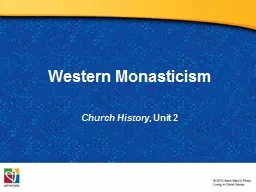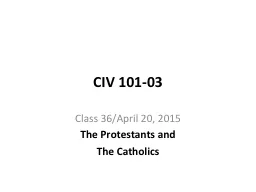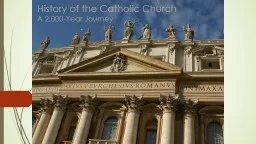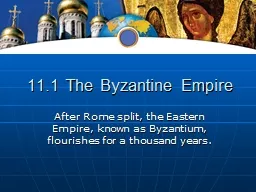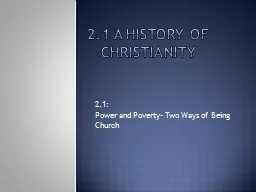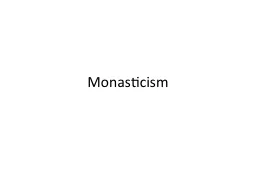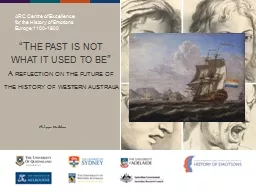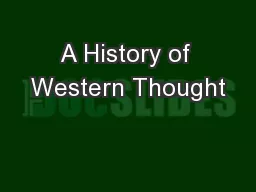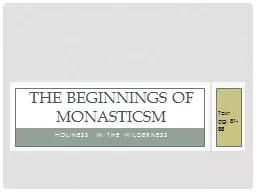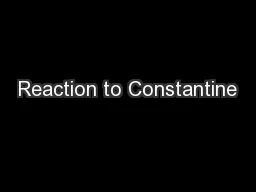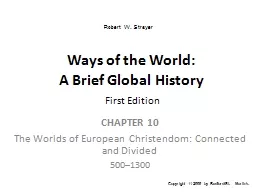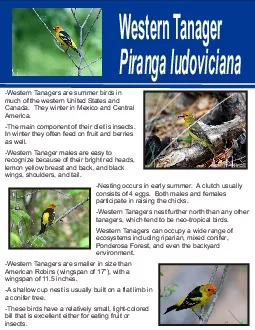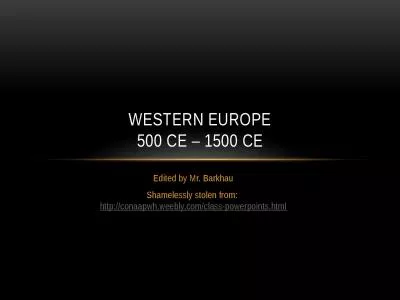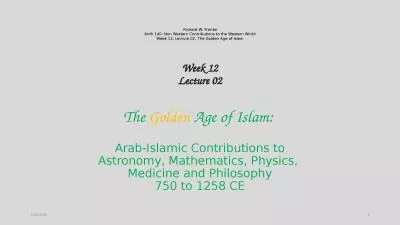PPT-Western Monasticism Church History,
Author : trish-goza | Published Date : 2018-11-04
Unit 2 The founding of Christian monasticism is attributed to Saint Anthony of the Desert who withdrew from society to live as a hermit As his reputation spread
Presentation Embed Code
Download Presentation
Download Presentation The PPT/PDF document "Western Monasticism Church History," is the property of its rightful owner. Permission is granted to download and print the materials on this website for personal, non-commercial use only, and to display it on your personal computer provided you do not modify the materials and that you retain all copyright notices contained in the materials. By downloading content from our website, you accept the terms of this agreement.
Western Monasticism Church History,: Transcript
Download Rules Of Document
"Western Monasticism Church History,"The content belongs to its owner. You may download and print it for personal use, without modification, and keep all copyright notices. By downloading, you agree to these terms.
Related Documents

